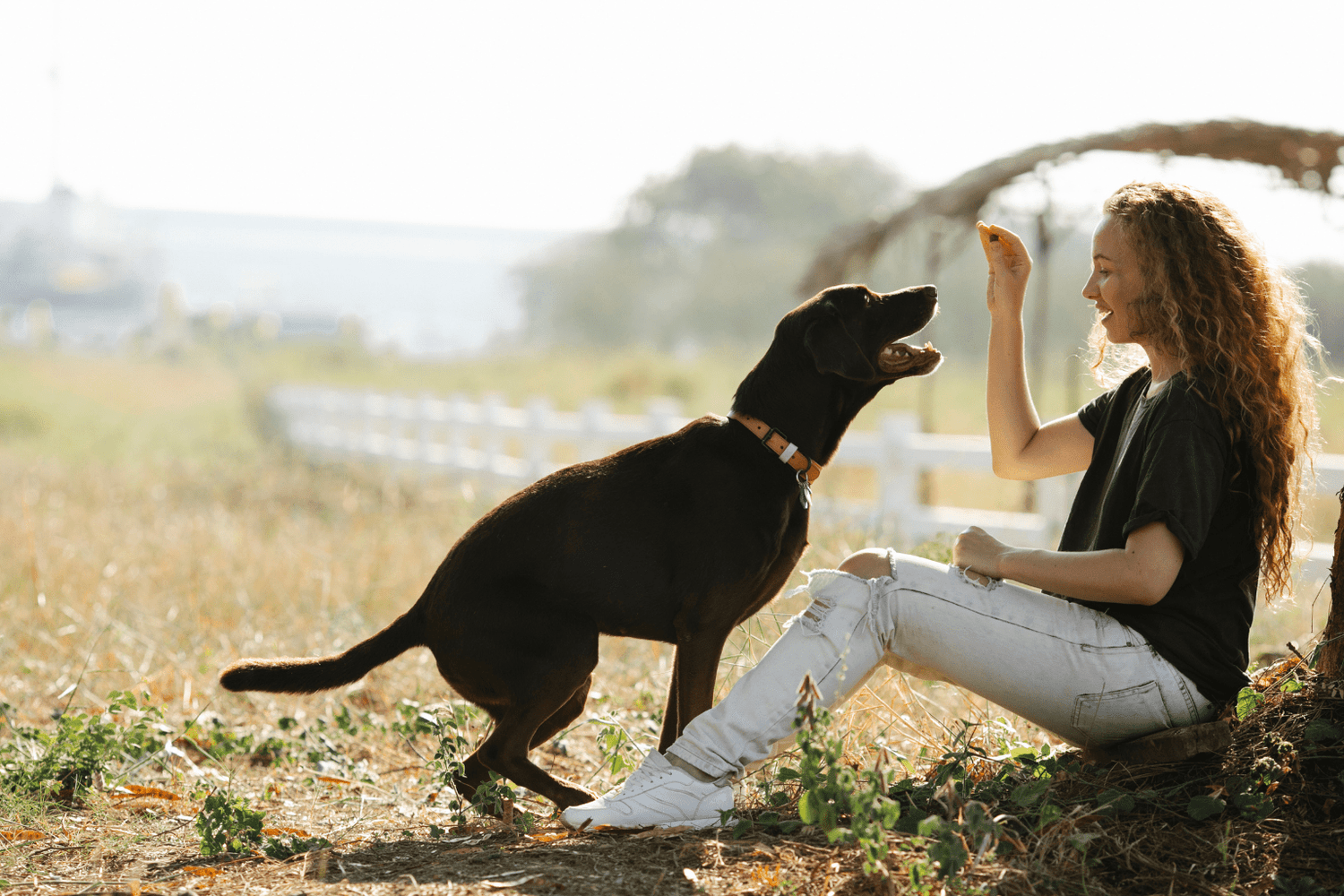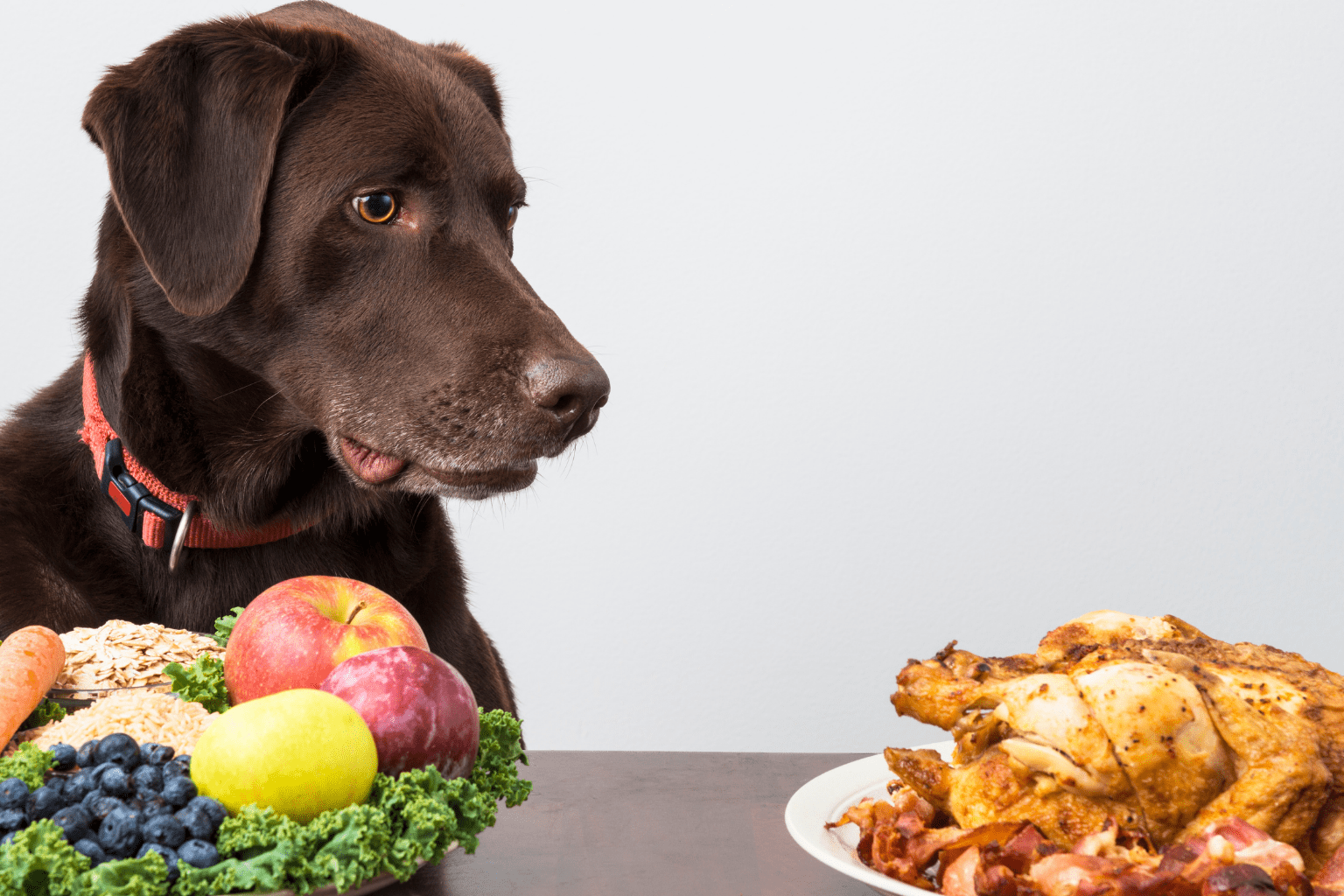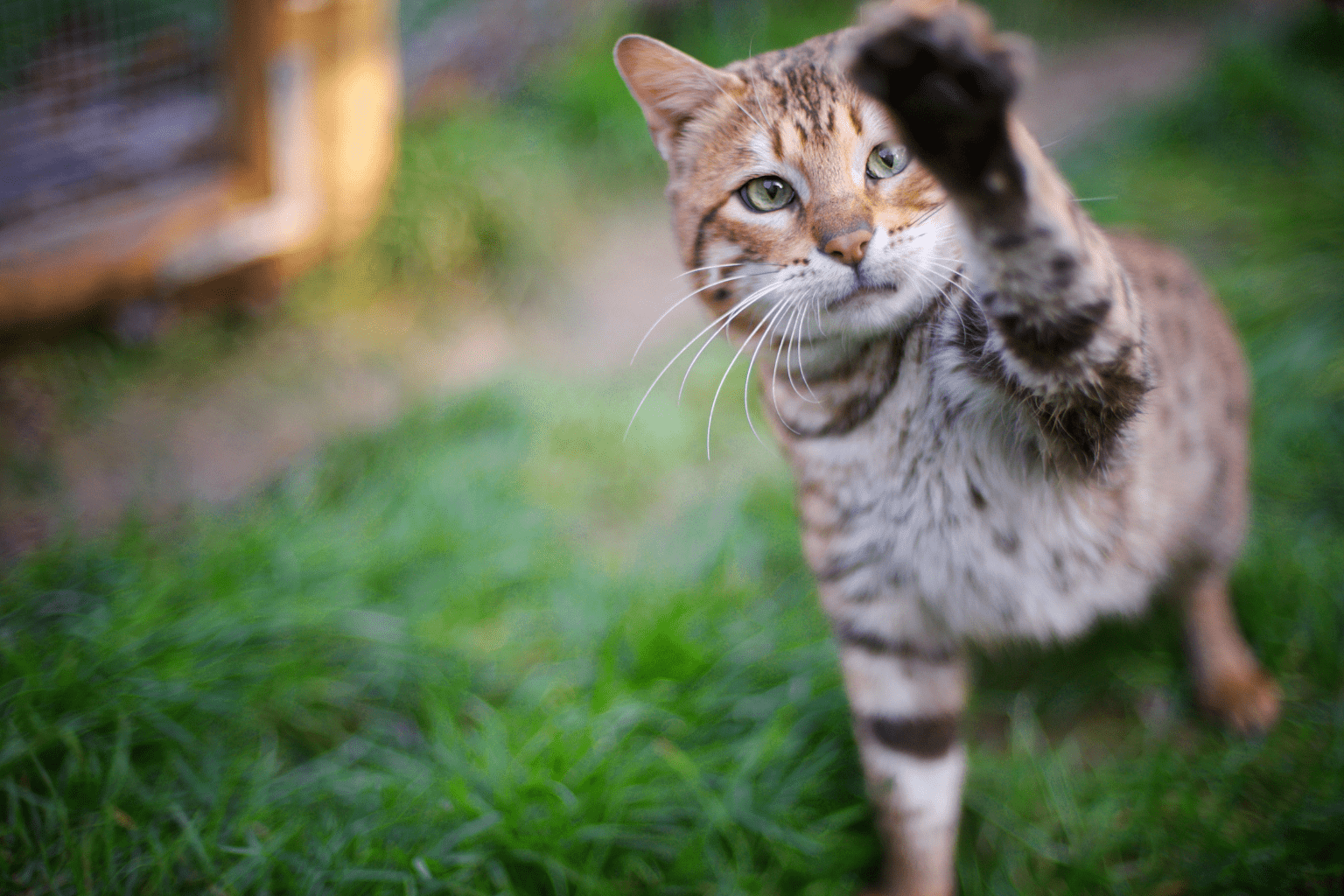Key Takeaways
- Training dogs with treats is supported by decades of behavioral science demonstrating faster learning through positive reinforcement.
- Dogs learn up to 50% faster with treat-based training compared to punishment-based methods.
- Using food rewards leverages a dog’s natural motivation to improve training outcomes.
- Treat-based training helps build trust and clear communication between dogs and their owners.
- Simple treat-based games can transform challenging training situations into enjoyable experiences.
Table of Contents
- Why Training Dogs with Treats Works: The Natural Bond
- Choosing the Right Treats for Effective Training
- How to Introduce Treats into Dog Training: Step-by-Step Guide
- Best Practices for Using Treats Wisely, Getting Results Without Bribery
- Timing & Delivery, The Secret Sauce of Treat-Based Training
- Advanced Treat Training, Mastering Focus, Motivation, and Difficult Behaviors
- Fading Out Treats: Making Good Habits Stick for Life
- Comparing Training Treat Options: Soft, Crunchy, Homemade, and More
- Solutions to Common Problems in Treat-Based Training
- Real Success Stories, Pet Parents & BestLife4Pets on Training Triumphs
- Nurture with Nature, How BestLife4Pets Remedies Support Joyful Training
- The Science-Backed Path to Joyful Dog Training
Training Dogs with Treats: Science-Backed Guide to Positive Reinforcement
Training dogs with treats isn't just effective, it's backed by decades of behavioral science showing dogs learn up to 50% faster with positive reinforcement compared to punishment-based methods. When my Border Collie mix Tango struggled with recall on Ontario's hiking trails, simple treat-based games transformed our relationship from frustrating to joyful. The secret lies in understanding how food rewards tap into your dog's natural motivation while building trust and clear communication.
Modern veterinary behaviorists and homeopathic practitioners alike recommend treat-based training because it works with your dog's biology, not against it. Unlike outdated dominance methods that can damage the human-animal bond, positive reinforcement creates eager learners who genuinely want to engage with you.
For dogs with sensitivities or those who need extra support during training, Dog Allergy & Immune Support Remedy can help ensure your pet feels their best while learning new skills.
Why Training Dogs with Treats Works: The Natural Bond
Dogs evolved alongside humans for thousands of years, developing an intricate understanding of food-based cooperation. When you use treats strategically, you're speaking their ancestral language, reward follows effort, effort brings reward. This creates what behaviorists call "operant conditioning," where your dog learns that specific behaviors reliably produce positive outcomes.
Quick Science: Why Food Motivates
- Dopamine release: Treats trigger the same "feel-good" brain chemicals that reinforce natural behaviors
- Clear communication: Food rewards provide instant feedback your dog understands
- Stress reduction: Positive experiences lower cortisol levels, improving learning capacity
The key difference between treats and bribes lies in timing. Treats reward completed behaviors, while bribes are shown before the dog performs. When Bailey learned to sit reliably after just three five-minute sessions, her owner wasn't bribing, she was clearly communicating "sitting earns good things."
Choosing the Right Treats for Effective Training

Effective training treats share three non-negotiable qualities: pea-sized portions, quick consumption, and irresistible appeal. The treat should disappear in seconds, not require chewing time that breaks training flow. Soft, semi-moist options typically work best because they're easy to break into tiny pieces and won't crumble in your pocket.
| Treat Type | Best For | Training Speed | Mess Factor |
|---|---|---|---|
| Soft Training Treats | Rapid-fire sessions | Excellent | Low |
| Single-Ingredient Jerky | High-value rewards | Good | Medium |
| Freeze-Dried Options | Sensitive stomachs | Good | Low |
| Homemade Portions | Allergy management | Variable | Low |
Keep total treat calories under 10% of your dog's daily intake to maintain nutritional balance. For a 50-pound dog, that's roughly 40-50 small training treats per day. Choose single-ingredient options for dogs with food sensitivities, and always have backup treats, what motivates your dog can change based on environment, energy level, and even weather.
For more ideas on keeping your dog engaged and healthy, especially as they age, check out fun things to do with senior dogs.
How to Introduce Treats into Dog Training: Step-by-Step Guide
Timing trumps everything in treat training. The magic window is three seconds, reward within this timeframe, and your dog connects the behavior to the outcome. Wait longer, and they might think they're being rewarded for whatever they're doing in that moment, not the original behavior you wanted.
Teaching "Sit" with Perfect Timing
- Hold treat close to your dog's nose (luring phase)
- Slowly lift treat over their head, most dogs naturally sit to keep eyes on the reward
- The instant their bottom touches ground, say "Yes!" and deliver the treat
- Repeat 5-10 times per session, keeping sessions short and positive
After Max, a rescue Lab mix, mastered this sequence, his family could phase out the lure within two weeks. The key was consistent timing and enthusiastic praise alongside the food reward. Remember: you're teaching a language, not just a trick.
Trainer's Secret: Prepare treats in advance and keep them easily accessible. Fumbling for rewards breaks the learning flow and confuses your dog about which behavior earned the treat.
Best Practices for Using Treats Wisely, Getting Results Without Bribery
The biggest mistake new trainers make is creating "treat dependency", dogs who only perform when they see food first. True training moves from lure to reward to intermittent reinforcement. This progression mirrors how your dog's brain naturally learns and retains information.
Start by phasing out the lure after your dog reliably follows the treat motion. Instead of showing the treat, give your hand signal or verbal cue, then reward immediately when they comply. Within 2-6 weeks, depending on the complexity of the behavior, your dog should respond to cues without seeing treats first.
Variable reward schedules create the strongest behaviors. Once your dog knows a command, reward sometimes with treats, sometimes with praise, sometimes with play. This unpredictability actually increases motivation, your dog never knows when the "jackpot" might come, so they stay engaged and eager.
For more on how to keep your dog active and mentally stimulated, especially when outdoor time is limited, read about how to exercise dogs indoors.
Timing & Delivery, The Secret Sauce of Treat-Based Training

Professional trainers use "marker" systems because precision timing changes everything. A marker word like "Yes!" or a clicker sound tells your dog exactly which behavior earned the reward, even if treat delivery takes a few extra seconds. This bridges the gap between action and reward.
Perfect Timing Checklist
Right: Dog sits → Immediate "Yes!" → Treat delivery
Wrong: Dog sits → Looks around → Finally gets treat (they think looking around was the goal)
The three-second rule exists because your dog's brain processes cause-and-effect relationships in real time. Beyond this window, they start forming new associations that may not match your training goals. Practice your marker timing during low-stakes moments so it becomes automatic during important training sessions.
Advanced Treat Training, Mastering Focus, Motivation, and Difficult Behaviors
High-value treats become your secret weapon for challenging environments and breakthrough moments. When teaching recall in a crowded dog park or helping your dog through nail trims, standard training treats may not compete with distractions. This is when you upgrade to irresistible options that your dog rarely encounters.
Create "jackpot moments" by delivering multiple treats in rapid succession when your dog achieves something particularly challenging. Annie's owner discovered this technique when her rescue finally returned during off-leash adventures, instead of one treat, she received five rapid-fire rewards that cemented the behavior permanently.
Focus-Building Treat Games
- "Find It" Game: Scatter tiny treats while saying "find it" to build ground-sniffing focus
- "Hand Target": Reward nose-to-palm contact to redirect attention back to you
- "Surprise Party": Random jackpot rewards during regular walks to maintain engagement
If your dog struggles with focus due to anxiety or stress, consider supporting their training with Dog Pet Relax Anxiety & Calming Remedy for a calmer, more attentive learning experience.
Fading Out Treats: Making Good Habits Stick for Life
Successful treat fading happens gradually over 4-6 weeks, moving from constant rewards to intermittent reinforcement. Start by rewarding every other correct response, then every third, building to occasional surprise rewards that keep your dog motivated without creating dependency.
| Week | Treat Frequency | Alternative Rewards | Focus |
|---|---|---|---|
| 1-2 | Every response | Enthusiastic praise | Building reliability |
| 3-4 | Every 2nd response | Petting, play breaks | Reducing dependency |
| 5-6 | Random rewards | Life rewards (walks, games) | Long-term maintenance |
Chico's lasting recall success came from his owner's patience during the fading process. When dogs regress after treat reduction, temporarily increase reward frequency rather than abandoning the system entirely. This teaches your dog that good behavior still pays off, just not every single time.
For dogs who need extra joint support during active training, Dog WALK-EASY™ Advanced Hip & Joint Pain Remedy can help keep them comfortable and motivated.
Comparing Training Treat Options: Soft, Crunchy, Homemade, and More

Soft commercial treats dominate professional training because they offer convenience, consistency, and rapid consumption. However, each treat category serves specific training needs and dog preferences.
Crunchy treats work well for dogs who need more satisfying textures but can slow training pace. Single-ingredient options suit dogs with allergies while homemade treats offer complete control over ingredients and costs. The best choice depends on your dog's health needs, your budget, and your training intensity.
Rescue Rachel solved her multi-dog training challenges by batch-preparing homemade treats on Sundays, simple, cost-effective portions that worked for her pack's varied dietary needs. The key was finding one recipe that motivated all her dogs without triggering sensitivities.
To explore more about common dog health problems and natural solutions, visit Discover Natural Dog Supplements & Remedies for Common Dog Health Problems.
Solutions to Common Problems in Treat-Based Training
When dogs develop "pay me first" attitudes, the solution is returning to basic timing principles. Stop showing treats before behaviors, use marker words consistently, and temporarily increase the difficulty of earning rewards. This reestablishes that your dog works for treats, not the other way around.
Overfeeding concerns disappear when you adjust meal portions to account for training treats. If your dog receives 50 small treats during training, reduce their dinner accordingly. Most dogs actually prefer earning their food through training rather than receiving it in a bowl.
Quick Problem Fixes
- Dog ignoring treats: Upgrade treat value or train before meals when hunger increases motivation
- Too food-focused: Practice "wait" commands and use treats as rewards for calm behavior
- Allergic reactions: Switch to single-ingredient options or consult your vet about hypoallergenic choices
- Treat refusal: Rule out health issues, then experiment with different textures and flavors
For a deeper dive into the science behind positive reinforcement and canine learning, see this peer-reviewed study on reward-based dog training.
Real Success Stories, Pet Parents & BestLife4Pets on Training Triumphs
Golden-Years Gary's 12-year-old Lab, Duke, seemed too set in his ways for new training until Gary combined gentle joint support with fresh treat-based games. Within three weeks, Duke was eagerly learning new tricks and bounding up stairs with renewed enthusiasm for both physical and mental challenges.
Feline Fiona discovered that her anxious rescue cat, Whiskers, responded better to training after starting a calming formula alongside treat work. The combination of natural stress support and positive reinforcement created breakthrough moments that treats alone hadn't achieved.
These stories highlight how holistic wellness supports better learning. When dogs feel physically comfortable and emotionally balanced, they become more receptive to training and more enthusiastic about engaging with their families.
For more on supporting senior dogs and their mobility, you may also find this article on hip dysplasia in dogs signs and treatments helpful.
Nurture with Nature, How BestLife4Pets Remedies Support Joyful Training

Training dogs with treats works best when your pet feels physically and emotionally ready to learn. Our gentle, homeopathic pellets support the natural processes that make dogs eager, focused learners, from calming nervous rescues to supporting joint comfort in senior dogs discovering new skills.
Unlike liquid remedies that can be messy or obvious, our tiny pellets integrate seamlessly into any training routine. Whether you're working with a treat-motivated dog or one who needs different motivation strategies, natural wellness support helps create the ideal learning mindset without side effects or dependency concerns.
Through our Buy One, Give One program, every training success story supports rescue pets still waiting for their forever homes. When you choose BestLife4Pets alongside your treat-based training, you're nurturing your own pet's potential while helping others find their path to joyful learning.
Not a substitute for professional veterinary advice. Always consult your veterinarian for health concerns or behavioral issues that may require medical attention.
The Science-Backed Path to Joyful Dog Training
Training dogs with treats isn't just effective, it's transformative. When we choose positive reinforcement over punishment-based methods, we're building trust, communication, and genuine partnership with our dogs. The research is clear: treat-based training creates faster learning, stronger bonds, and happier pets who want to engage with us.
The key lies in understanding that treats are tools, not crutches. When used with proper timing, appropriate portions, and a gradual fade-out plan, they become the foundation for lifelong good behavior. Whether you're working with a bouncy puppy, a rescue dog rebuilding confidence, or a senior companion learning new tricks, the principles remain the same: reward immediately, keep sessions short and positive, and celebrate every small victory.
Your Training Success Formula
Start with the right treats (pea-sized, high-value for your dog), master your timing (within 3 seconds), and plan your fade-out from day one. This approach creates lasting results without dependency.
Remember that every dog is unique. What motivates one may not work for another, and that's perfectly normal. Some dogs thrive on soft training treats, others prefer crunchy rewards, and a few might need single-ingredient options due to sensitivities. The beauty of treat-based training is its flexibility, you can adapt the method to your dog's individual needs while maintaining the core principles.
As you embark on or continue your training journey, consider how your dog's overall wellness supports their ability to learn and engage. A comfortable, calm, and healthy dog is always a better student. That's where gentle, natural support can make all the difference, not replacing your training efforts, but enhancing them by helping your companion feel their absolute best.
Training dogs with treats is ultimately about connection. It's about those moments when your dog's eyes light up with understanding, when a challenging behavior finally clicks, and when you realize that learning together has strengthened your bond in ways you never expected. With patience, consistency, and the right approach, every training session becomes an opportunity to deepen that special relationship that makes sharing our lives with dogs so incredibly rewarding.
For a comprehensive review of the science behind canine learning and positive reinforcement, see this external resource on dog training methods.
Frequently Asked Questions
How does training dogs with treats compare to punishment-based methods in terms of learning speed and effectiveness?
Training dogs with treats helps them learn up to 50% faster than punishment-based methods by using positive reinforcement. This approach taps into your dog's natural motivation, builds trust, and encourages eager participation, making training more effective and enjoyable for both of you.
What are the best practices for using treats in dog training without turning them into bribes?
Use treats as timely rewards immediately after your dog performs the desired behavior to reinforce learning. Keep treats small and meaningful, pair them with clear cues, and gradually mix in praise or play so your dog learns to respond without expecting a treat every time.
How can I choose the right treats to maximize my dog's motivation and training success?
Select treats that your dog finds highly appealing and easy to eat quickly during training sessions. Consider your dog's dietary needs and sensitivities, and opt for natural, wholesome options that support overall health while keeping your pup eager and focused.
What steps should I follow to gradually fade out treats while maintaining my dog's good behavior?
Start by rewarding every correct response, then slowly reduce treat frequency by alternating with praise or affection. Increase the time and difficulty between treats, so your dog learns to perform behaviors reliably without expecting food every time, making good habits stick for life.



